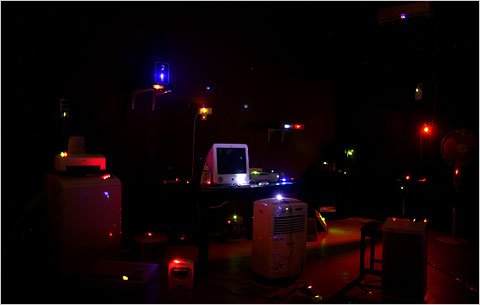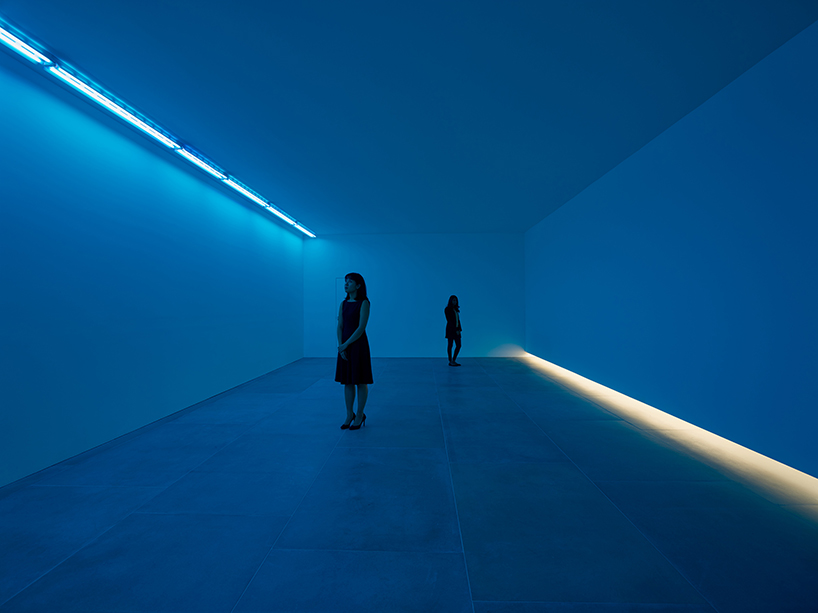‘Passages’ will be a location-based, augmented reality (AR) game.
The idea is that the player travels to certain real-life locations in Dublin (the game could potentially grow to multiple locations) where beacon light sources are located. The player holds up their phone to discover a puzzle game based on the architecture of that location. Upon winning the puzzle they unlock a ‘light source’ and are guided via light to the next location. When a certain number of locations are unlocked the player gains a constellation. The aim of the game is to unveil all constellations, essentially building the night’s sky. As each constellation is unveiled, the player can hold their phone’s camera up to the sky and that constellation appears in true dark sky appearance against the offset of light pollution. The more constellations unlocked, the more dark sky you can see. If played during the day, the sky is rendered with both dark sky and polluted colouring.
Tourism
The game doubles up as an educational piece about light sources and their effects, as well as a form of tourist map for visitors to Dublin. With the app they are guided around the city to key cultural sites, where they can interact with the architecture using a fun, accessible game (I am using man-made structures as a reflection of light pollution being a man-made problem).
Problems I might face is that making a tourist game about the over-use of light in Dublin might be counter-productive. A solution to this might be to focus the attention on getting a player to want to go to the Dark Sky Reserves rather than over emphasising the particular failings (which could be clarified by support collateral?).
Multiplayer
There will also be a non-AR mode and multiplayer options. In multiply player, you can choose to play as ‘dark’ or ‘light’ and compete with other players in terms of speed and efficiency, therefore blocking the other player’s ability to turn on/off a light source.
The puzzle games that feature will be re-thinkings of classic retro games such as Tetris, Lights Out, Draughts, Space Invaders that create a sense of nostalgia for ‘days of old’. This is part of the problem of light pollution, proving that it is more factual than just remembering that we used to be able to see they sky better.
Aesthetics
My initial aesthetic plan for the game is to use ‘flat design’ 2D elements in a sort of 50s/60s style, but I need to test the feasibility of this when using AR technology – which ideally needs to be more 3 dimensional.
This nostalgia element is also reflected in the title of the game, Passages. The name was inspired both by the idea of a passage of light/time, the journey we must take in order to make changes (learning curve), but also by the physical passages that appear in historical astronomical sites like Newgrange. The game will draw on this ancient Celtic aesthetic for some of it’s visual elements – in a controlled manner so as not to make it too ‘twee’.
Another element to the game will be an add on where a player can upload pictures of their own night sky photographer, contributing to a citizen science project that collates live data from across the country. This element will be in communication with the Trinity College astrophysics department and Dark Sky Ireland. This would then be backed up by an informational website, and printed collateral. The printed collateral would also include more information on the game, a sort of ‘wiki’ guide including the map structure and more information about light sources in Dublin and the Dark Sky Reserves in Mayo and Kerry.
I am already in communication with TCD Professor Dr. Espey, but will now send on my updated brief and concept design to a contact in Dark Sky Ireland that he gave me to see what they think / if they can give me some advise and collateral.
I also plan to take a visit to Mayo Dark Sky in order to shoot some primary photography for the project.
Puzzle Games
I have made a list of locations I’d like to use as puzzle elements and began assigning them game structures. For example, one location will be the GPO on O’Connell Street. For this location the game is a memory pattern game, where the columns of the GPO light up, and the player is required to remember an repeat the pattern, which gets progressively faster and more difficult. These columns are traditionally illuminated via uplighting (changing colour for example for St. Patrick’s Day – Green) so I will make the light source of the game reflect that form of lighting.
For consistency across the game, I think only 5-6 forms of puzzle should be used in varying difficulties and skins – but I will explore this further as I develop the locations.
Below is an initial mock up of what the design might look like ( the 6 front columns will sit on an higher layer so as to interact). Again, I need to assess whether this flat design will be feasible for AR, as it may but a player off to be faced with an unrealistic dimension in a 3D environment.






